Sub-Title:
Certification for OSHA 29 CRF 1910.1200, OSHA 29 CFR 1926.59, 49 CFR 172 Subpart E 172.400
Government Regulations:
This course satisfies training required for OSHA 29 CRF 1910.1200, OSHA 29 CFR 1926.59,
49 CFR 172 Subpart E 172.400
The Hazard Communication Standard is also known as the Right to Know Law. It requires Safety Data Sheets (SDS) be provided by chemical manufacturers and distributors, and safety training for employees working with hazardous chemicals. The Hazard Communication Standard (HCS) is addressed in specific standards for the general industry, maritime industry, and the construction industry.
Who Needs this Training?
Employees must be informed of the dangers and hazards associated with the chemicals used in the workplace. Providing the information required under the HCS ensures that employees can protect themselves from chemical hazards and employers comply with chemical regulations.
Dangers of Remaining Uncertified
HCS violations consistently rank in the top 3 of OSHA’s ten most frequently cited standards list, with citations issued in nearly all industries. In order to ensure chemical safety in the workplace, information about the identities and hazards of chemicals must be available and understandable to all workers. Lives depend on it.
Case Study – 2020 Beirut Explosion:
On 4 August 2020, a large amount of ammonium nitrate stored at the port of the city of Beirut, the capital of Lebanon, exploded, causing at least 215 deaths, 7,500 injuries, and US$15 billion in property damage, and leaving an estimated 300,000 people homeless. A cargo of 2,750 tons of the substance (equivalent to around 1.1 kilotons of TNT) had been stored in a warehouse without proper safety measures for the previous six years, after having been confiscated by the Lebanese authorities from the abandoned ship MV Rhosus. The explosion was preceded by a fire in the same warehouse, but as of March 2021, the exact cause of the detonation is still under investigation.
Included Topics
By the end of this course we will have covered the following topics:
Topic 1: Introduction – 06:20
Topic 2: Employer’s Responsibilities – 03:54
Topic 3: Components of Hazard Communication – 05:31
Topic 4: Hazard Communications Labels – 17:59
Topic 5: Locating Information – 02:37
Course Layout
Course format consists of video instruction, intermediate quizzes and Final Knowledge Check
Course Duration
A minimum of 40 minutes is required to complete this course.
Recertification
Retraining is required for:
- Employees who have been assigned new tasks that put them at risk of hazardous chemical exposure.
- Events when a new hazard is introduced to an employee’s work area.
Certificate of Completion
A completion certificate is available for printing immediately upon successfully finishing the course.
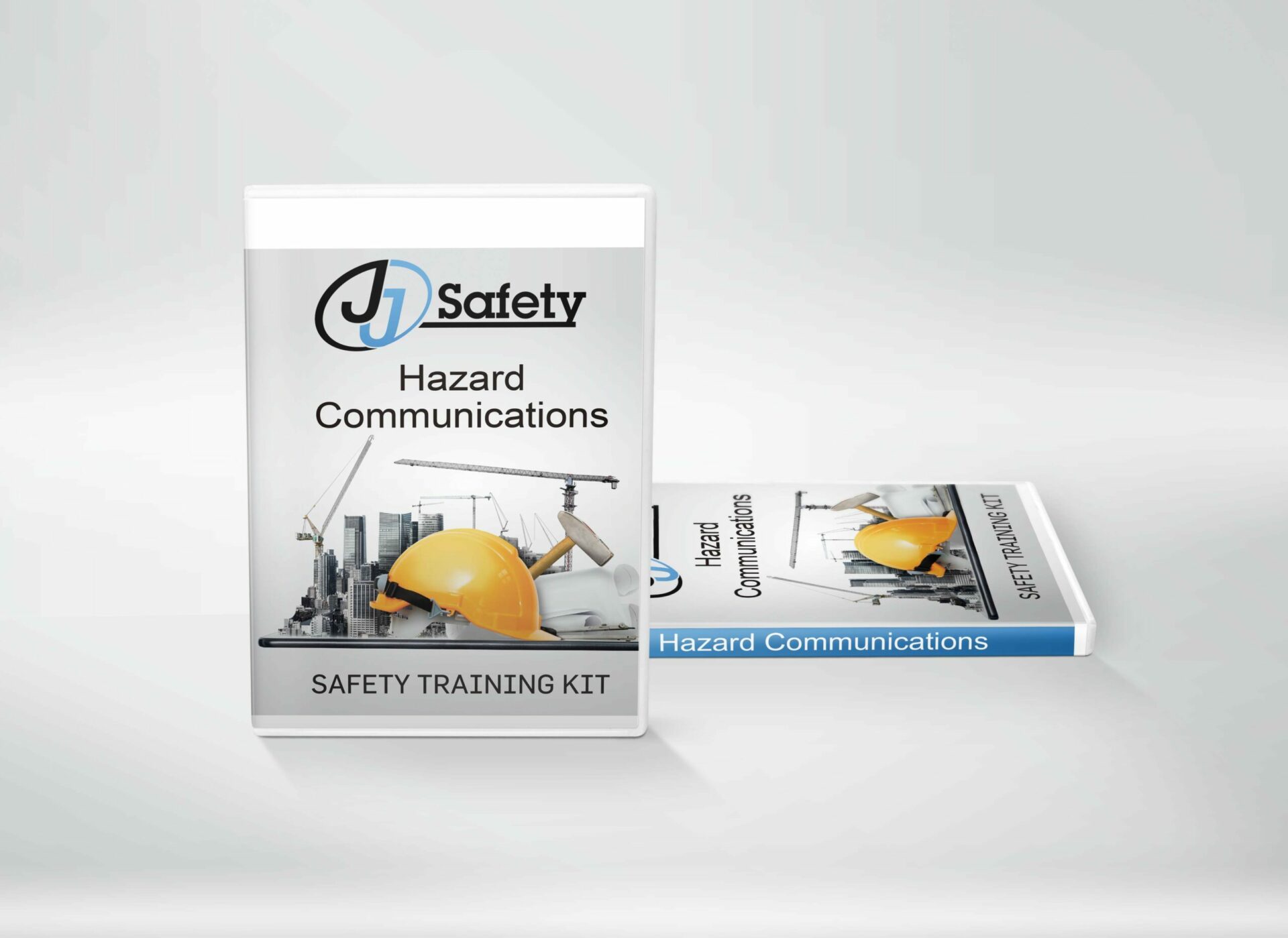
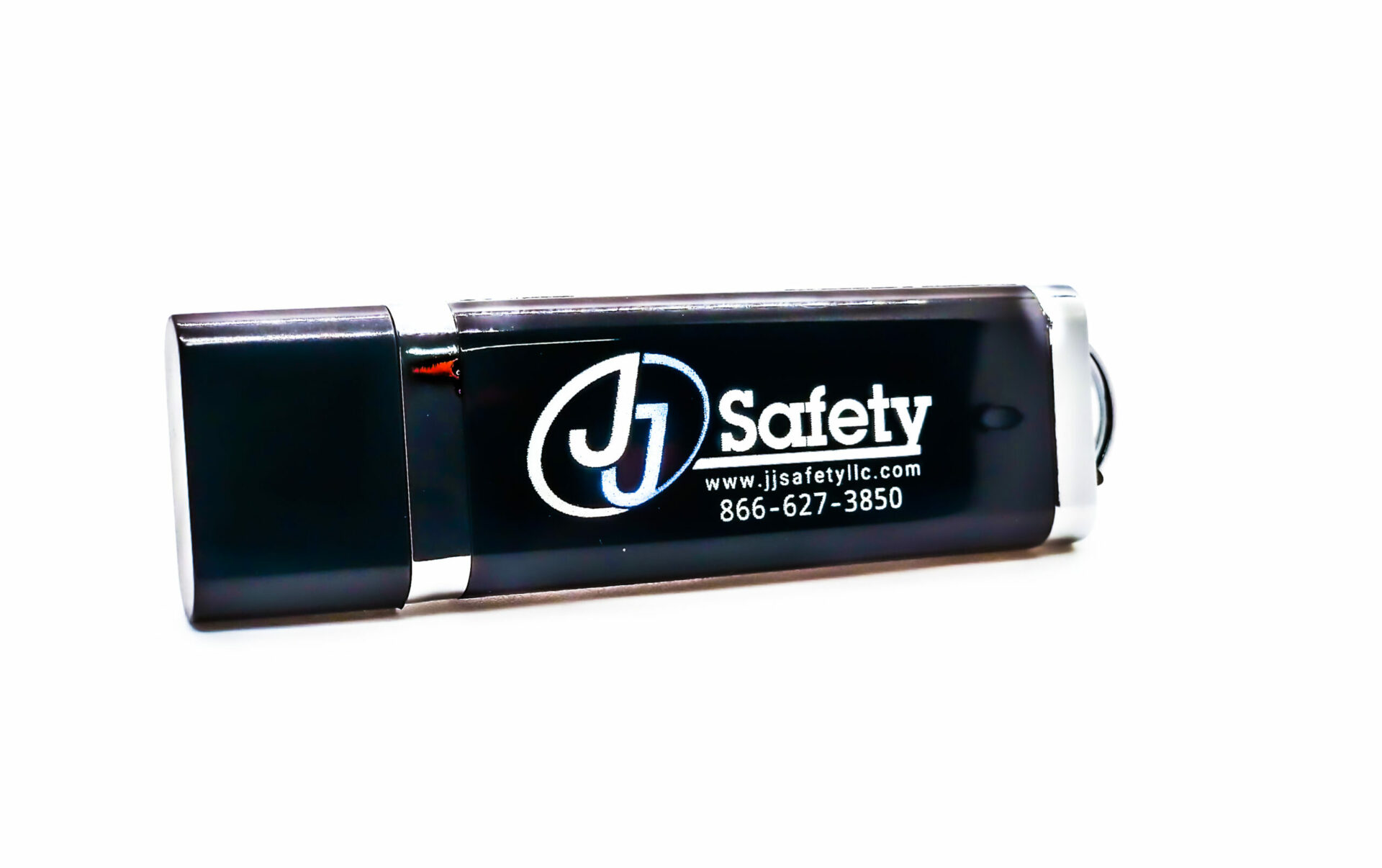
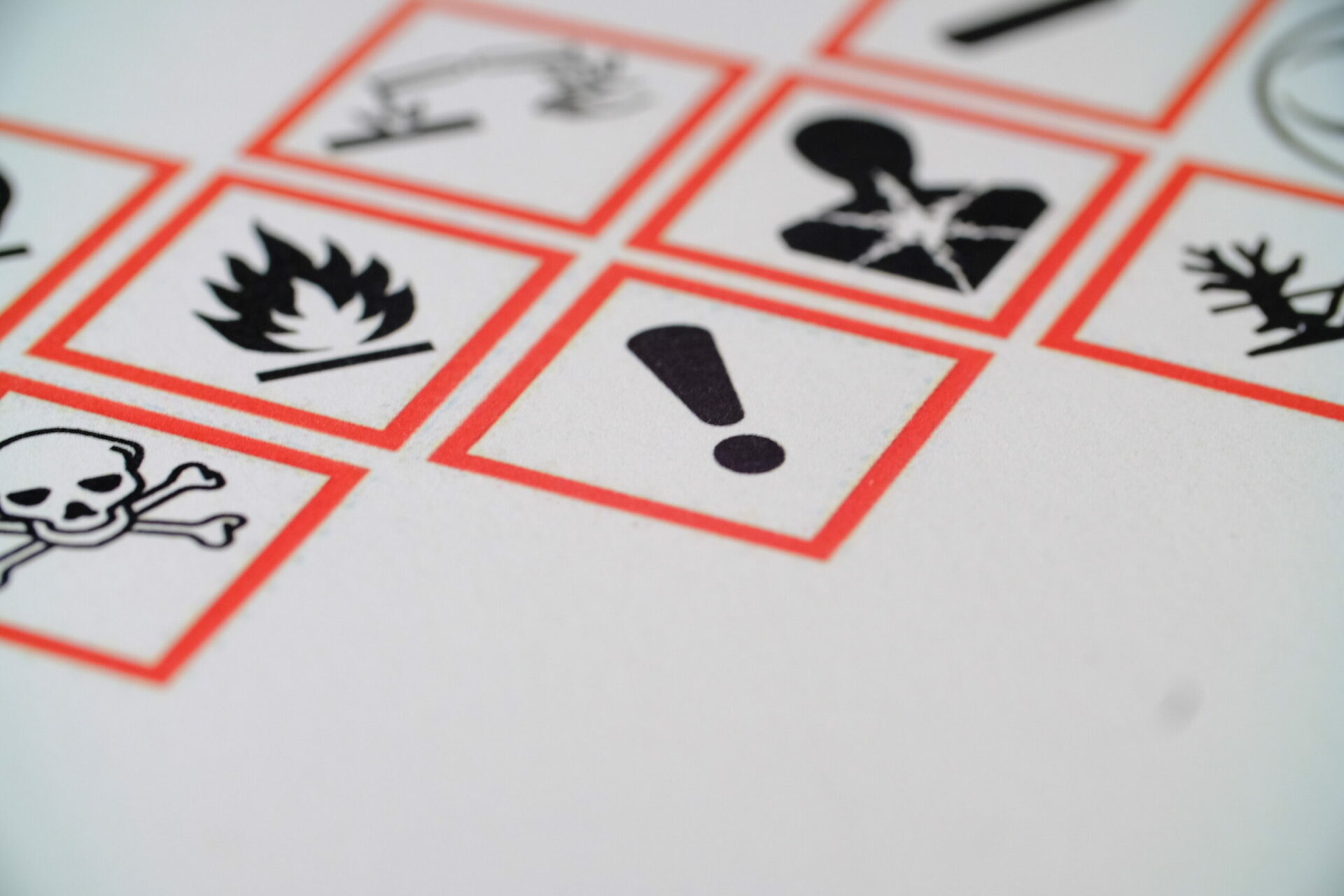
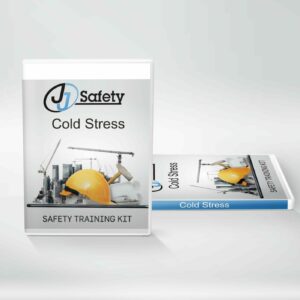
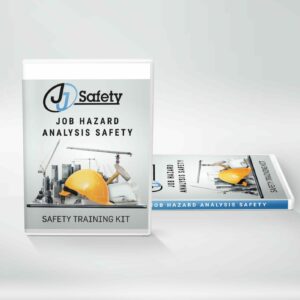
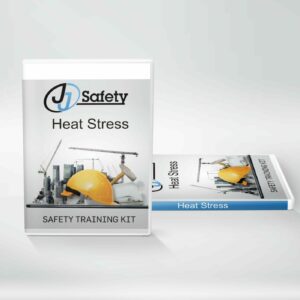

Reviews
There are no reviews yet.